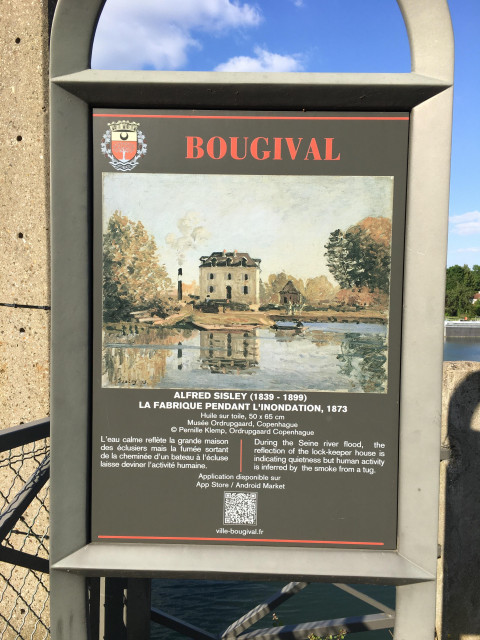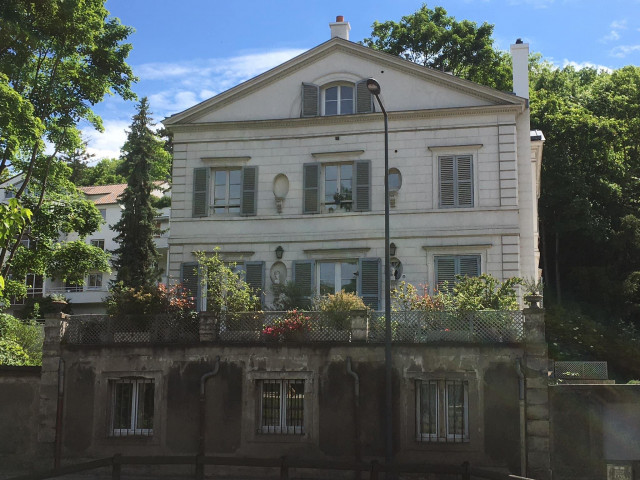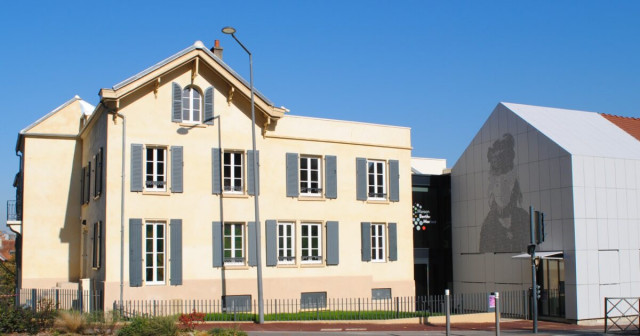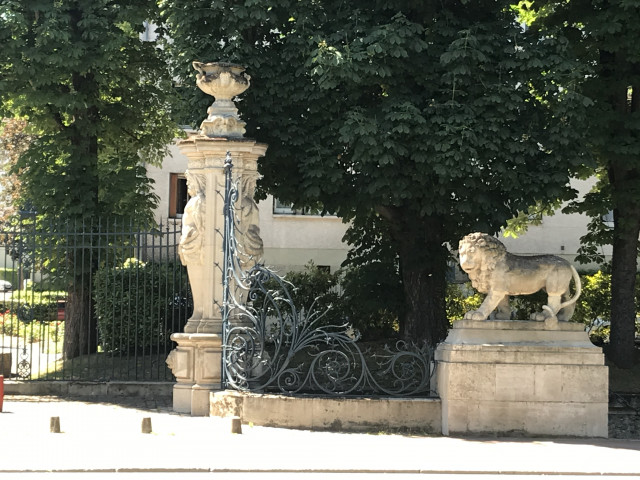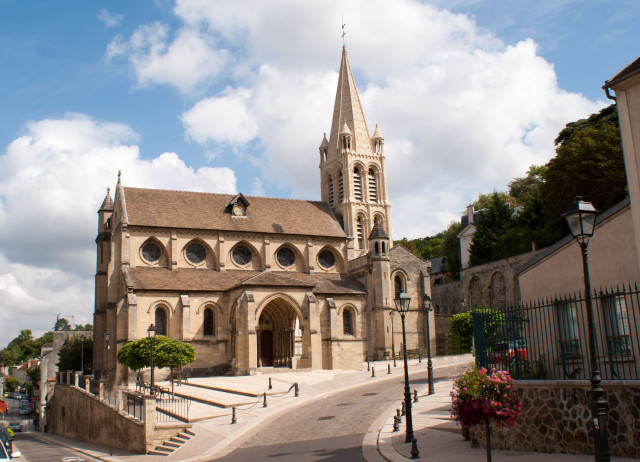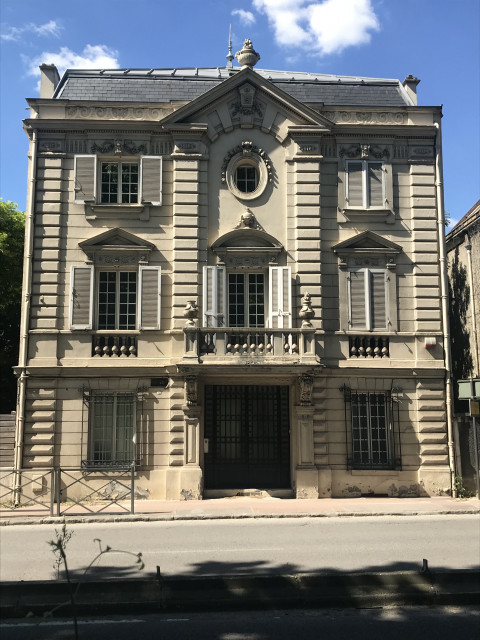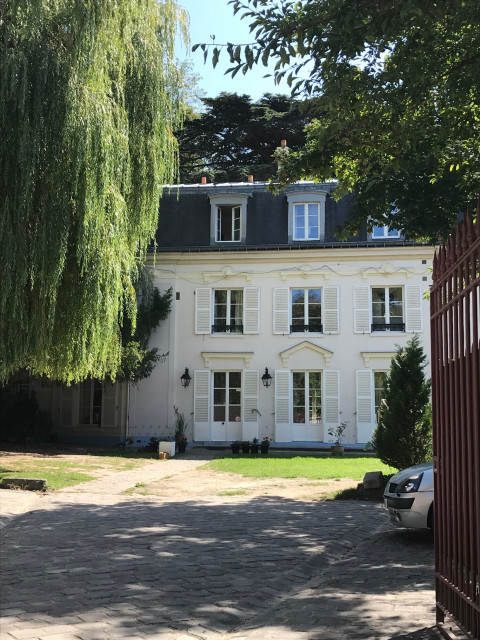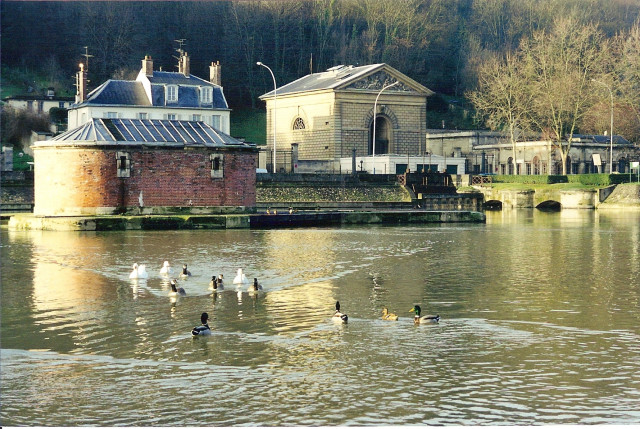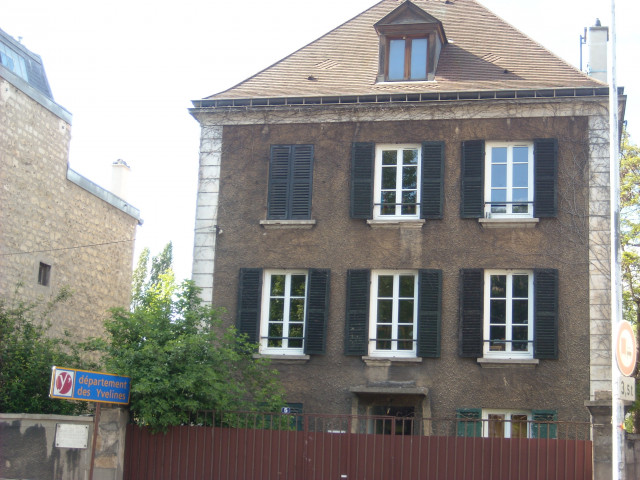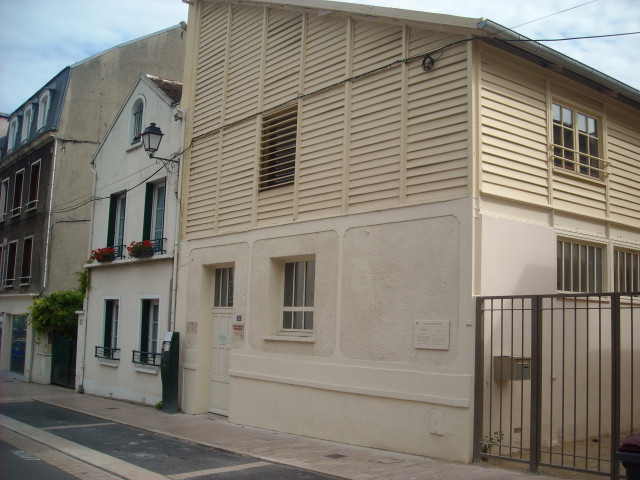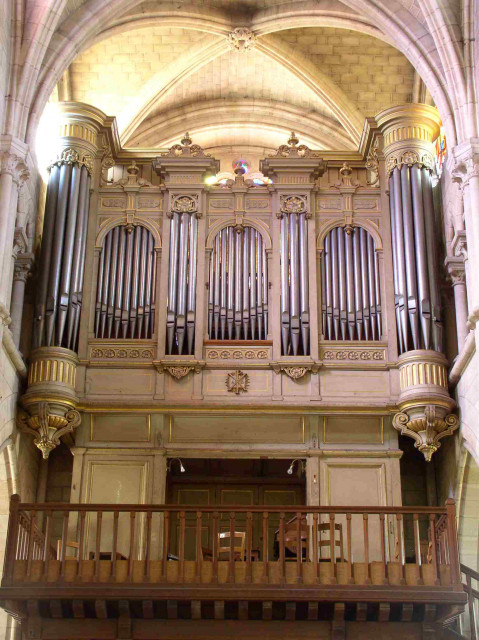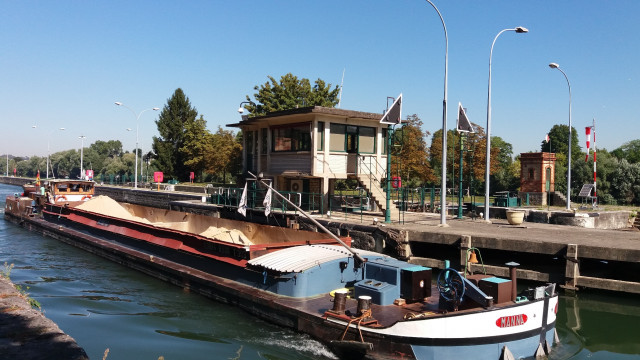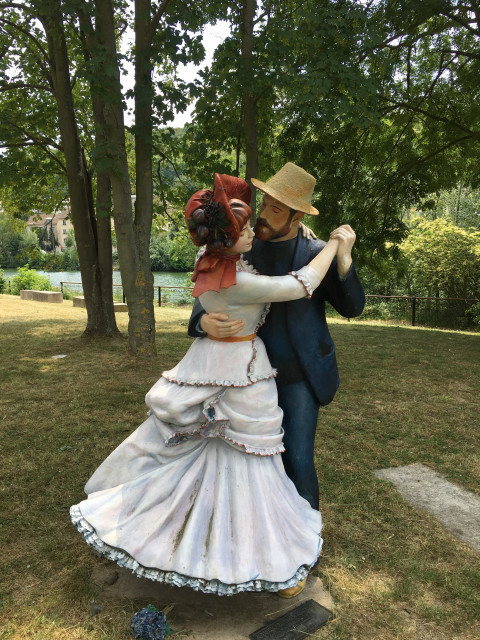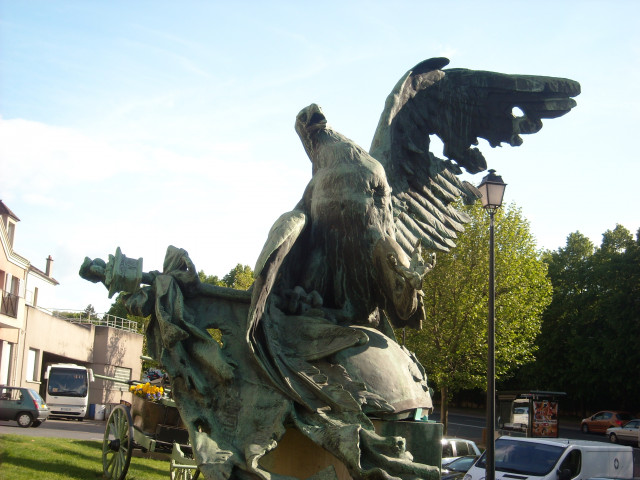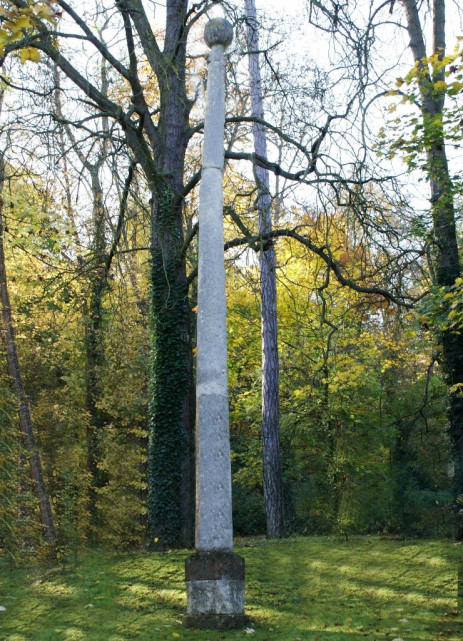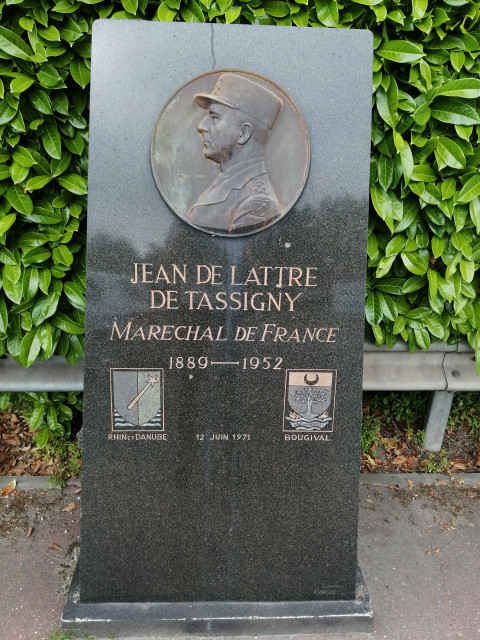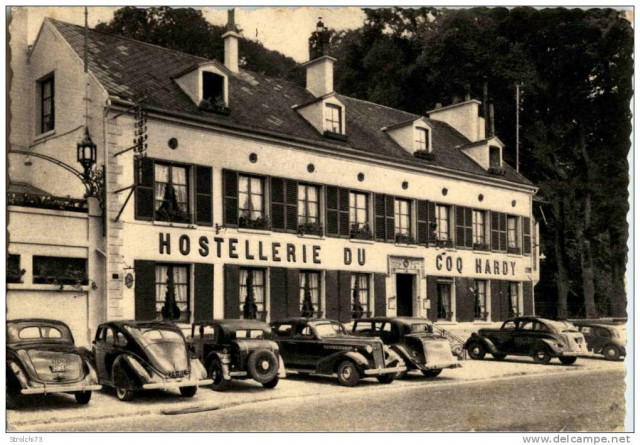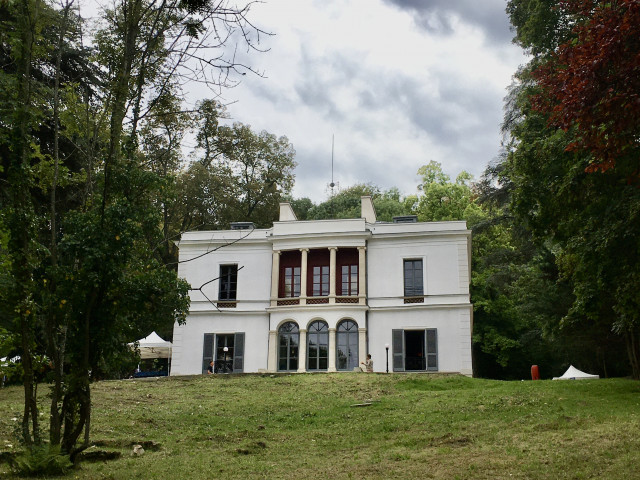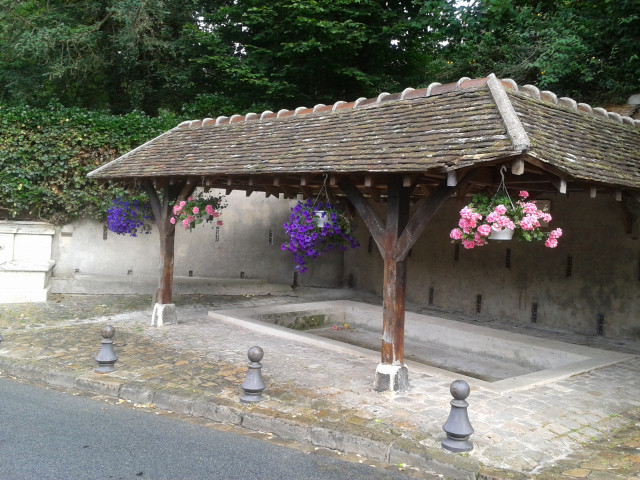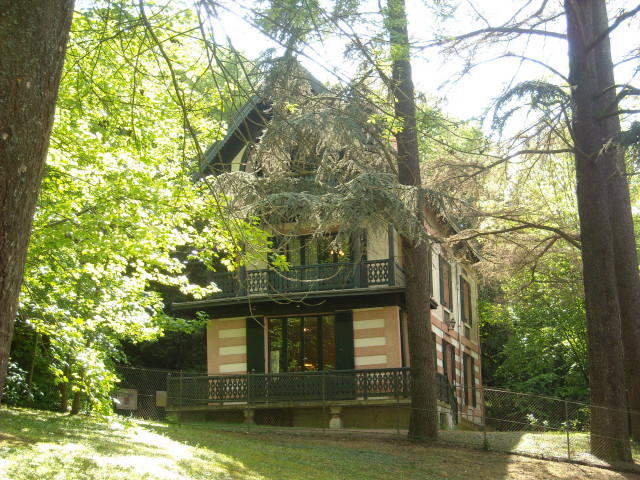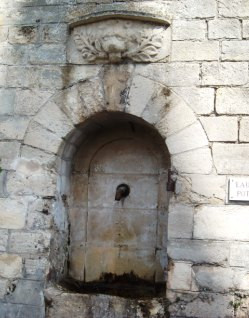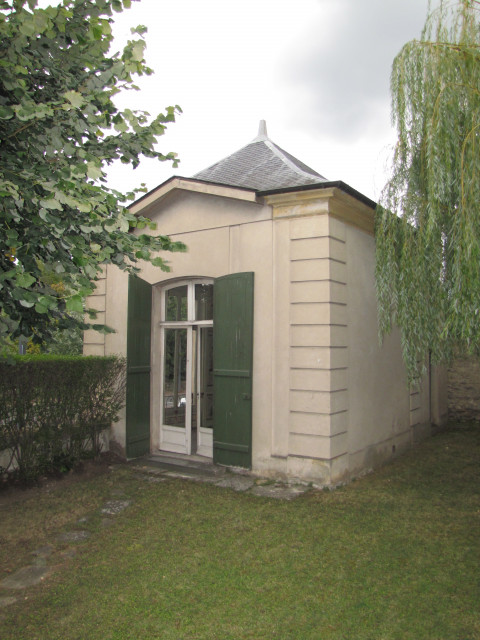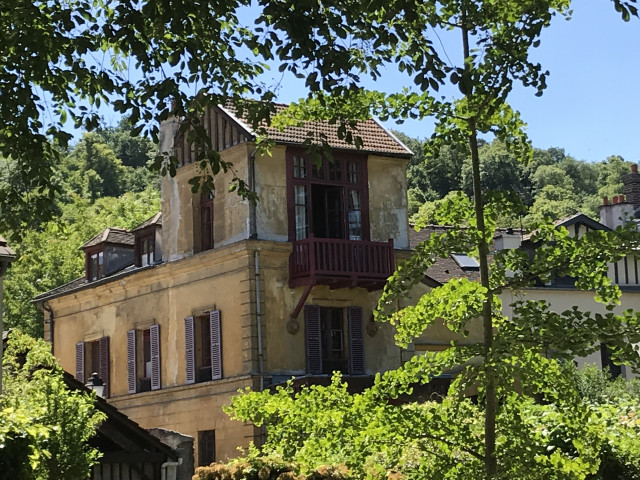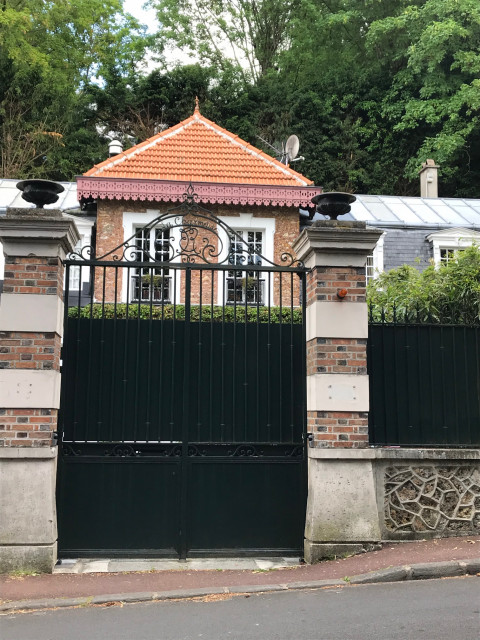Cultural Heritage
Historic site and monument
Bougival, city of Arts, is located on the bank's of the Seine to 9 miles to the west of Paris.
Type of culturel patrimony
Jeanne Bourgeois (1875-1956) known as Mistinguett, was a Music-Hall artist from the early 20th century.
Berthe Morisot lived in Bougival, as her daughter Julie tells us in her diary "the happiest moments of her life".
The artist rented this house every summer from 1881 to 1884.
Historic site and monument
The grand entrance flanked by 2 lions was built from stone and wrought iron c.1880 by the architect Pasquier financed by the banker Nissim de Camondo.
Historic site and monument
The church was built during the first half of the 12th century and was restored at the end of the 19th century by Lucien Magne, one of the architects of the Sacré-Coeur in Montmartre.
Type of culturel patrimony
The name of this house comes from the contraction of "mauvais port", which means "cursed port". It is, indeed, in this spot, that the Normans landed in 856 and massacred the surrounding population, before being stopped by the army of Charles le Chauve.
Historic site and monument
A country house of 18th century surrounded by gardens.
Historic site and monument
The Machine de Marly, which is in fact situated in Bougival, was the first link in a range of machinery for bringing water from the Seine to Versailles to deliver water to the many ornamental lakes and fountains in the gardens of Versailles and Marly.
Type of culturel patrimony
On June 3 1875, Georges Bizet died at the age of 36 in this house. A Knight of the Legion of Honour and former recipient of the Prix de Rome bursary, this opera composer stayed in Bougival from 1874 to 1875. He composed the most famous opera in the ...
Historic site and monument
The old drying house was linked to the laundering activity of Bougival during the 19th century.
Historic site and monument
The great organ was built in the workshops of the famous firm Cavaillé-Coll. Aristide Cavaillé-Coll was the most distinguished organ-builder of the 19th century. The magnificent organs of the Basilica of St Denis, Perpignan Cathedral and those from ...
Historic site and monument
Three locks built in the 19th century to restore the river traffic.
Historic site and monument
One sculpture from the series Beyond the frame of the American artist Seward Johnson is presented in the Patrice Vieljeux park. It is inspired by the famous impressionist painting of Renoir, "Bal à Bougival".
Historic site and monument
This bronze sculpture, created by Jean-Léon Gérôme at the end of the 19th century is an exact replica of the memorial found on the site of the Battle of Waterloo (Belgium)
Historic site and monument
This column was erected in 1818 by the writer and politician Boissy d’Anglas, in honour of his friends, the Montgolfier brothers.
Historic site and monument
In Bougival, the Lattre de Tassigny bridge over the Seine was built in 1968 to continue the axis of the new roadway, the Avenue de la Drionne, crossing the commune.
Historic site and monument
Since around 1880 Le Coq Hardi has long been a renowned restaurant, famous for its food and for its galleries of cellars carved into the hillside.
Historic site and monument
Villa of neo-palladian style that was built in 1830.
Historic site and monument
It is a wash-house with a “central impluvium” (with an opening in the middle of its roof), allowing rainwater to be collected, in addition to the spring water provided by a fountain.
Labeled Maison des Illustres in 2023, the Ivan Turgenev house-museum is an invitation to step back in time and discover a humanist writer deeply attached to France.
Historic site and monument
The fountain surmounted by a carved bracket is lodged in a retaining wall of the Park de la Jonchère.
Historic site and monument
The Pavillon de Blois is the last trace of a property acquired by Mademoiselle de Blois, the legitimate daughter of Louis XIV and Mademoiselle de la Vallière in September 1711. She stayed there until 1716.
Type of culturel patrimony
Georges Regnault was a painter from Bougival. He lived in this house from 1941 to 1979.
Type of culturel patrimony
The House of Emile Richebourg, famous series writer at the end of the 19th century.


